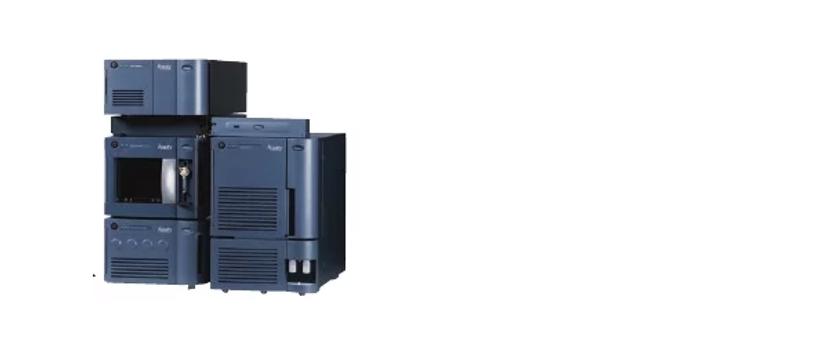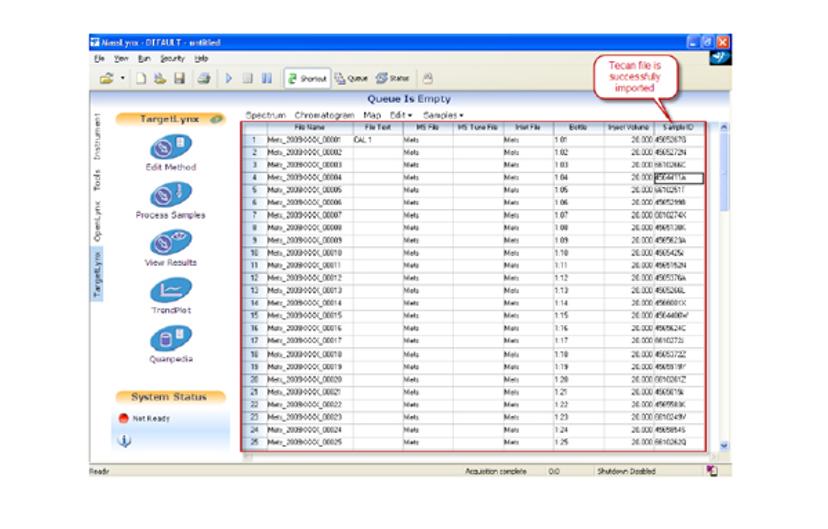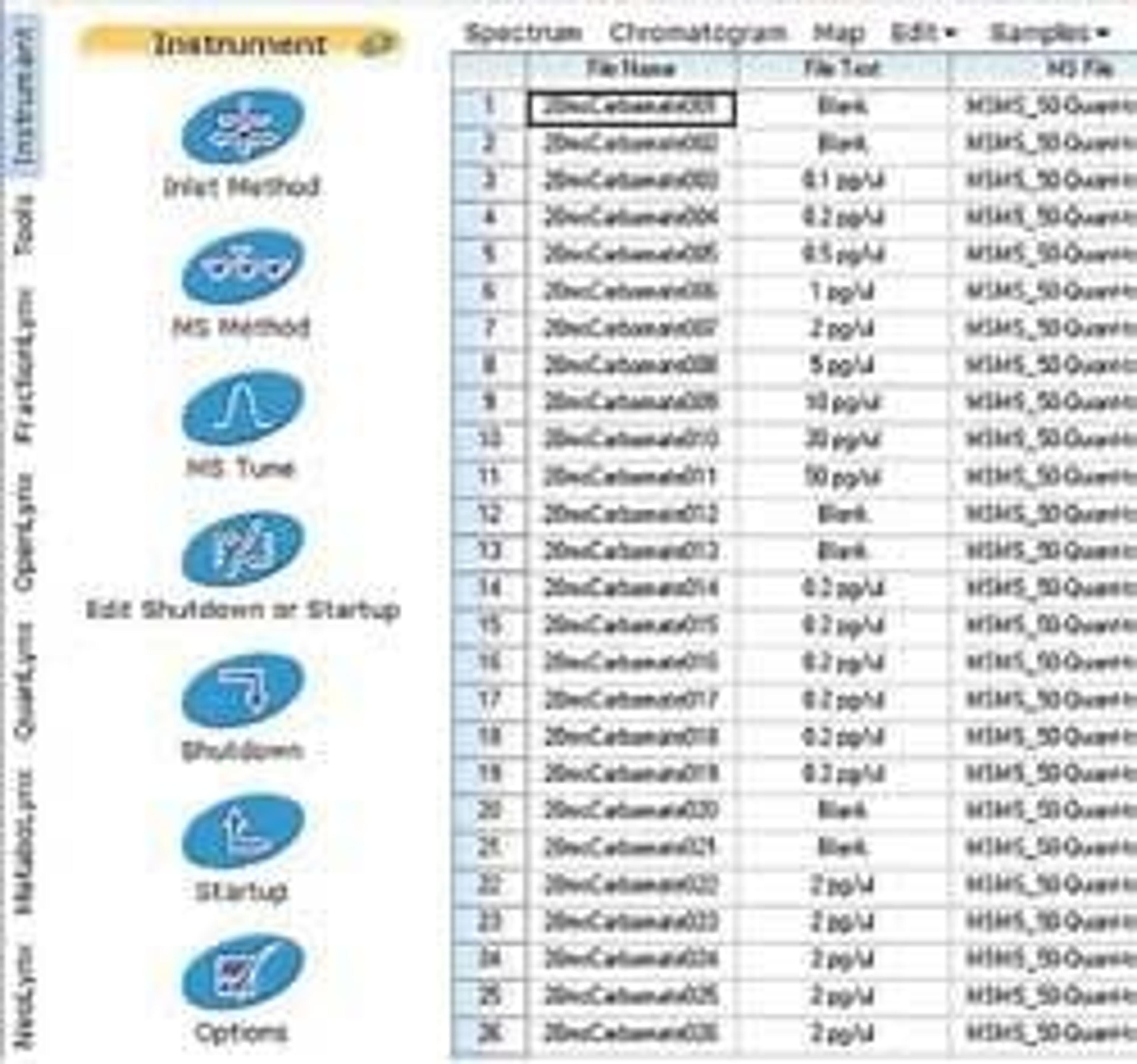Optimizing Clinical LC-MS/MS Workflow at The University-Hospital Padova
Find out how this busy laboratory in Italy has adapted to meet increased demand for clinical mass spectrometry testing
29 Jun 2017

As increasing numbers of clinical laboratories seek to take advantage of the precision and accuracy of mass spectrometry (MS), effective workflows are essential. The University-Hospital Padova MS workflow has been steadily optimized to meet the demands of a busy clinical laboratory. SelectScience® speaks to Mariela Marinova, MD, to find out more.
SS: Can you briefly describe your place of work and what your specific job role entails?
MM: I am the supervisor of the Therapeutic Drug Monitoring (TDM) and Drugs of Abuse Section in the Department of Laboratory Medicine at the University-Hospital Padova. Our department is part of the University-Hospital Padova and is one of the biggest in Italy. Our laboratory is accredited according to the international standard, ISO 15189 and we process approximately 9 million specimens a year. Performing TDM requires a multidisciplinary approach and excellent communication, to ensure that the best possible practice is achieved. My specific job role entails the overseeing of the entire laboratory process for pre-analytical, analytical and post-analytical phases.
An evolving workflow
SS: What do you use liquid chromatography with tandem mass spectrometry (LC-MS/MS) for?
MM: In our clinical laboratory practice, LC-MS/MS was initially implemented for the monitoring of immunosuppressants, and drugs of abuse in urine and hair specimens. We then applied the technique to urinary and salivary cortisol analysis, and now we also use the method for the monitoring of a variety of different therapeutic drugs. We have two different mass spectrometers in the lab, one of which is the Waters ACQUITY® TQD.

SS: How do you manage your current LC-MS/MS workflow?
MM: The main weakness of MS is the limited sample throughput, and at first our MS workflow used manual sample preparation. Our first steps were to standardize the time-consuming method of manual preparation to reduce the risk of errors in sample handling. We implemented an automated liquid handling system and now we are able to process annually approximately 7000 tests for sirolimus and everolimus, 8600 tests for TDM, and more than 6000 tests for cortisol (saliva and urinary) and cortisone.
In our daily routine of testing about 100 patient samples for TDM of everolimus and sirolimus using MS, our typical turnaround time is now less than three hours: 20 min for sample preparation using the liquid handling platform and about 2.5 h for chromatographic analysis.
Relieving bottlenecks
SS: Are there any current bottlenecks in the workflow?
MM: Our main workflow bottleneck is now the manual entry of the worklist into MassLynx, and then the manual entry of the results into our laboratory information management system (LIMS). In order to relieve this bottleneck, we plan to install the Waters file converter. The file converter will connect our automated liquid handling platform with our barcode reader, and then to MassLynx. It will then automatically export the MS data to our LIMS.
Our goal is to automate the entire process, from the moment the lab investigation is ordered, to the time that the patient’s results appear in the electronic records. In the beginning, the main problem we had was with sample preparation, which we solved by linking the automated sample handler. Our remaining problem is in data export, and we can solve this fully by using the file converter solution. When we are fully automated we will save time and eliminate manual user error.

SS: How do you see your MS service evolving in the future?
MM: We have been working with MS from 2009, growing up gradually with this technology. At first, when we were testing very slowly with manual sample preparation, we moved only the most critical tests over to MS. After we automated the sample preparation we were able to move more tests over to MS. Once we have installed the file converter, we will have that desirable fully automated MS workflow, with automated data transport. At that stage,we will have a significantly higher testing capacity.Our intention is then to use our high specificity MS to enlarge our steroid profiling service. After that we plan to implement plasma metanephrines.
Once we have the file converter, our automated MS workflow will be complete!
Find out more about Waters family of LC-MS/MS in vitro diagnostic medical devices

